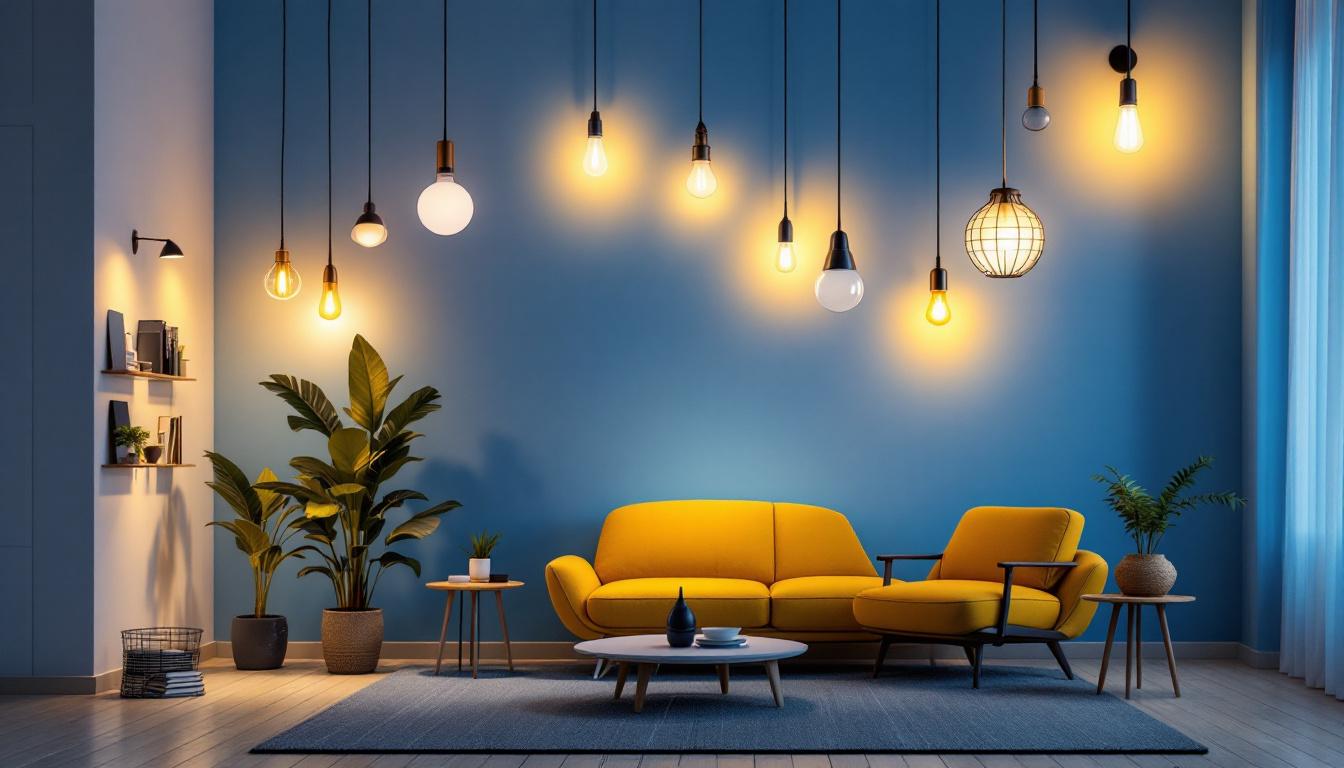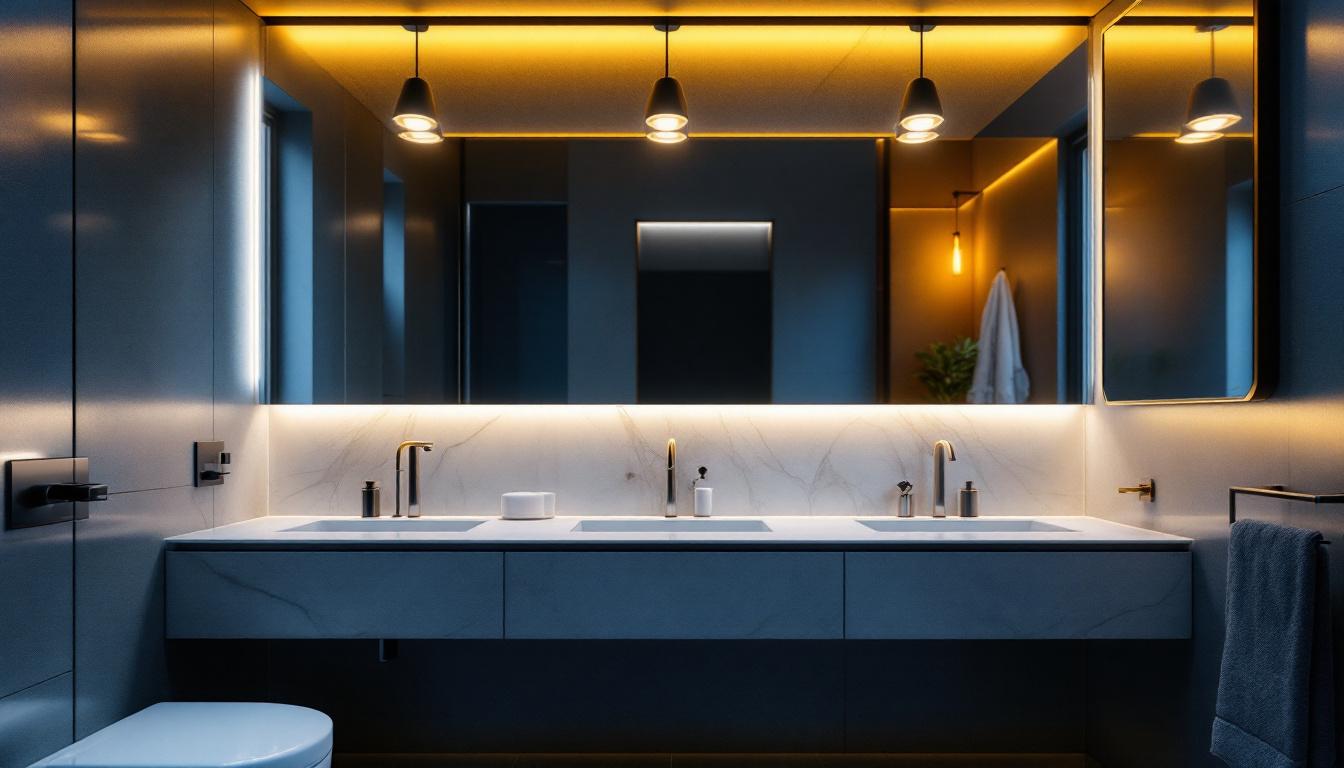
As the demand for energy-efficient lighting solutions continues to rise, LED plug-and-play systems have emerged as a popular choice among lighting contractors. These systems offer a seamless installation process and a range of benefits that can enhance both residential and commercial spaces. This article aims to provide expert advice tailored specifically for lighting contractors looking to navigate the world of LED plug-and-play solutions effectively.
LED plug-and-play systems are designed to simplify the installation process while delivering high-quality lighting. Unlike traditional lighting systems that often require extensive wiring and configuration, plug-and-play systems allow contractors to quickly install fixtures with minimal effort. This section will explore the fundamental aspects of these systems, including their components and advantages.
At the core of any plug-and-play system are the LED fixtures, drivers, and connectors. The fixtures are designed to be energy-efficient and long-lasting, often boasting lifespans that far exceed traditional lighting options. The drivers convert the electrical current to a suitable level for the LEDs, ensuring optimal performance.
Connectors play a crucial role in the ease of installation. These systems typically utilize standardized connectors that allow for quick and secure connections between fixtures and power sources. This feature not only speeds up the installation process but also reduces the risk of errors during setup. Furthermore, many systems now incorporate color-coded connectors, which further enhance user-friendliness by making it easy to identify compatible components at a glance.
One of the most significant advantages of LED plug-and-play systems is their energy efficiency. By consuming less power than traditional lighting options, these systems can lead to substantial cost savings over time. Additionally, many plug-and-play systems come with advanced features such as dimming capabilities and smart controls, allowing for further customization and energy management. This adaptability not only enhances user experience but also contributes to a more sustainable approach to lighting, as users can adjust their energy consumption based on specific needs and preferences.
Another key benefit is the reduced installation time. For contractors, this means less labor cost and the ability to complete more projects in a shorter timeframe. The straightforward installation process also minimizes disruption to the client’s environment, making it an attractive option for both residential and commercial applications. Moreover, these systems often come with pre-installed safety features, such as over-voltage protection and thermal management, which ensure that the fixtures operate safely and efficiently. This added layer of security can provide peace of mind for both installers and end-users, knowing that their lighting solutions are not only convenient but also reliable and safe.
When selecting an LED plug-and-play system, contractors must consider several factors to ensure they meet their clients’ needs. From understanding the specific requirements of the space to evaluating the quality of the products, making informed choices is essential for successful installations.
Before choosing a system, it is crucial to assess the specific needs of the client. Factors such as the intended use of the space, desired ambiance, and budget constraints should all be taken into account. For instance, a retail environment may require brighter lighting with color rendering capabilities to showcase products effectively, while a residential space may prioritize warmth and energy efficiency.
Engaging in discussions with clients about their preferences and expectations can provide valuable insights that guide the selection process. Additionally, understanding the layout and architecture of the space can help determine the appropriate type and number of fixtures needed. For example, in a large open office area, a combination of ambient and task lighting may be necessary to create a comfortable working environment, while in a cozy restaurant, softer lighting can enhance the dining experience and create a welcoming atmosphere.
Not all LED plug-and-play systems are created equal. Contractors should prioritize products from reputable manufacturers known for their quality and reliability. This can often be assessed through product reviews, certifications, and warranty offerings. Look for systems that comply with industry standards, ensuring safety and performance.
Furthermore, consider the long-term implications of the products chosen. High-quality systems may come with a higher upfront cost but can lead to lower maintenance and replacement costs over time, ultimately benefiting both the contractor and the client. Additionally, energy-efficient LED systems can significantly reduce electricity bills, providing ongoing savings that can offset initial investments. It’s also worth exploring options that offer smart technology integration, allowing for enhanced control over lighting settings and energy consumption, which can be a selling point for tech-savvy clients.
Successful installation of LED plug-and-play systems requires adherence to best practices that ensure safety, efficiency, and optimal performance. This section outlines key considerations that contractors should keep in mind during the installation process.
Before starting the installation, thorough preparation is essential. This includes reviewing the installation manual provided by the manufacturer, understanding the electrical requirements, and ensuring that all necessary tools and equipment are on hand. A well-planned installation can significantly reduce the likelihood of errors and delays.
Additionally, it is advisable to conduct a site assessment prior to installation. This assessment helps identify any potential challenges, such as difficult access points or existing wiring issues, allowing contractors to develop solutions in advance. Taking the time to map out the installation layout can also streamline the process, ensuring that each component is placed in the most effective position for both functionality and aesthetics. Engaging with the client during this phase can provide valuable insights into their preferences and expectations, further enhancing the overall outcome of the project.
Safety should always be a top priority during installation. Contractors must adhere to local electrical codes and regulations, ensuring that all work is compliant. This includes properly securing all fixtures and connections to prevent hazards.
Utilizing personal protective equipment (PPE) and ensuring that the work area is clear of obstructions can further enhance safety. It is also important to communicate with any team members involved in the installation to ensure everyone is aware of their responsibilities and safety protocols. Regular safety briefings can help reinforce these practices, ensuring that all team members are vigilant and prepared for any unexpected situations. Furthermore, having a first-aid kit readily available and knowing the location of emergency exits can provide an additional layer of security in the event of an accident, allowing for a swift response to any incidents that may arise during the installation process.
Once the installation is complete, ongoing maintenance and troubleshooting are vital to ensure the longevity and performance of LED plug-and-play systems. Understanding common issues and maintenance practices can help contractors provide exceptional service to their clients.
Regular maintenance of LED systems can prevent issues and extend their lifespan. This may include cleaning fixtures to remove dust and debris, checking connections for wear, and ensuring that drivers are functioning correctly. Establishing a maintenance schedule can help clients keep their systems in optimal condition.
Additionally, educating clients about the importance of maintenance can foster trust and demonstrate professionalism. Providing them with a simple checklist or guidelines can empower them to take an active role in caring for their lighting systems.
Despite the reliability of LED plug-and-play systems, issues may arise over time. Common problems include flickering lights, dimming, or complete failure of fixtures. Understanding how to troubleshoot these issues can save time and enhance client satisfaction.
For flickering lights, contractors should first check the connections to ensure they are secure. If the issue persists, it may be necessary to evaluate the driver or the power supply. In cases of complete failure, replacing the affected fixture or driver may be required. Keeping a stock of common replacement parts can expedite the troubleshooting process.
The lighting industry is continually evolving, with new technologies and trends emerging regularly. For lighting contractors, staying informed about these developments is crucial for maintaining a competitive edge. This section will explore ways to keep abreast of industry changes and advancements.
Participating in continuing education and training programs can significantly enhance a contractor’s knowledge and skills. Many manufacturers offer training sessions on their products, which can provide valuable insights into installation techniques and troubleshooting methods.
Additionally, industry associations often host workshops, webinars, and conferences that cover a range of topics, from energy efficiency to the latest advancements in LED technology. Engaging in these opportunities can help contractors stay informed and connected with peers in the industry.
Building relationships with other lighting contractors and manufacturers can be beneficial for sharing knowledge and experiences. Networking can provide insights into best practices, emerging trends, and innovative products that may not be widely known.
Participating in online forums, local trade shows, and industry events can facilitate these connections. Engaging with manufacturers can also lead to valuable partnerships, offering access to exclusive products and resources that can enhance service offerings.
LED plug-and-play systems represent a significant advancement in lighting technology, offering numerous benefits for contractors and their clients. By understanding the components, advantages, and installation best practices, lighting contractors can effectively harness the potential of these systems.
Moreover, staying informed about industry trends and maintaining strong relationships with clients and manufacturers can further enhance a contractor’s success. As the demand for energy-efficient lighting continues to grow, embracing LED plug-and-play solutions will undoubtedly position contractors for future growth and opportunity.
In summary, the journey into the world of LED plug-and-play lighting is one filled with opportunities for innovation, efficiency, and enhanced client satisfaction. By applying the expert advice outlined in this article, lighting contractors can navigate this landscape with confidence and expertise.
Ready to elevate your lighting projects with the efficiency and innovation of LED plug-and-play systems? Look no further than LumenWholesale for all your lighting needs. As a trusted partner for contractors, we offer an extensive selection of top-quality, spec-grade lighting products at unbeatable wholesale prices. Say goodbye to inflated markups and hello to superior lighting that meets the highest industry standards. With free shipping on bulk orders, you can stock up on reliable, high-performance lighting without any hidden fees. Make the smart choice for your business and experience the perfect blend of quality, affordability, and convenience. Visit LumenWholesale now and discover the best value in wholesale lighting.

Discover effective strategies and proven techniques for lighting contractors to maximize efficiency and performance with LED lighting tubes.

Explore the evolving significance of home lighting in the modern world.

Discover how bathroom track lighting is revolutionizing modern lighting solutions with its versatility and style.

Discover why temporary light strings are essential tools for lighting contractors.